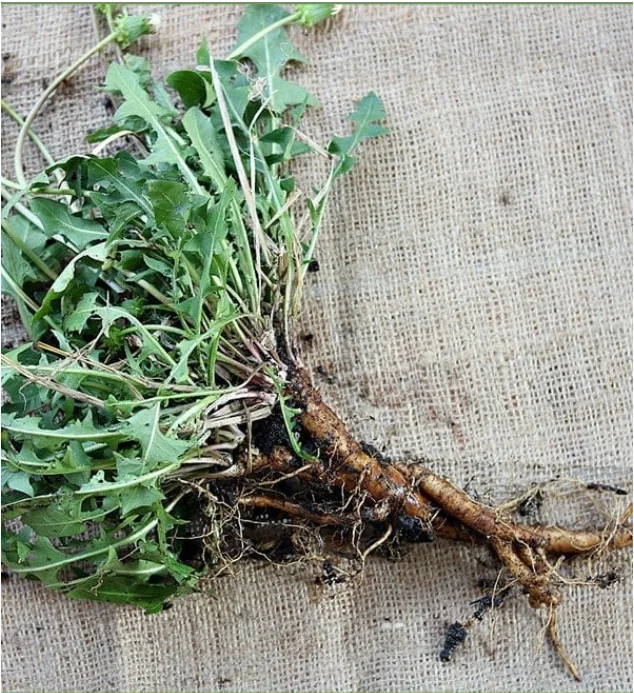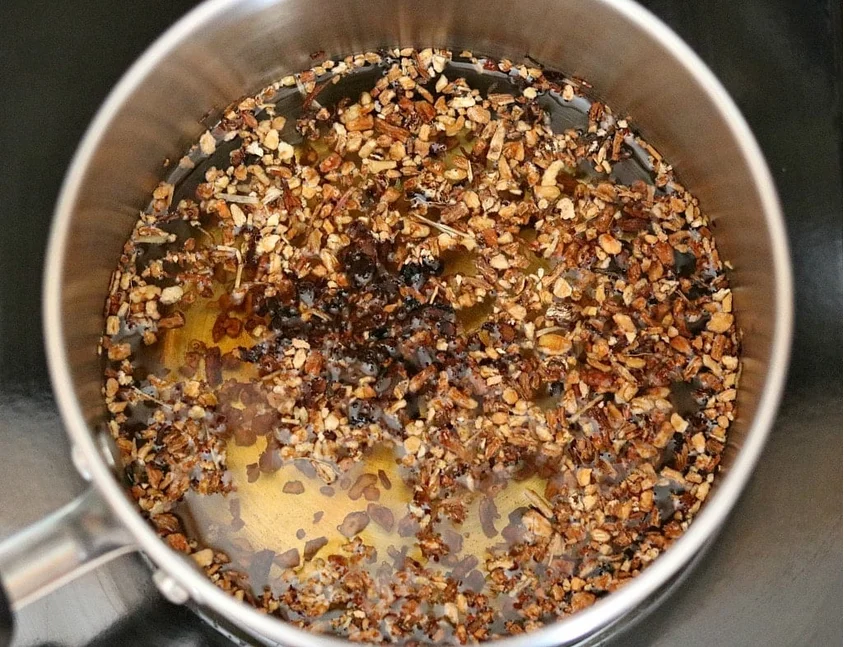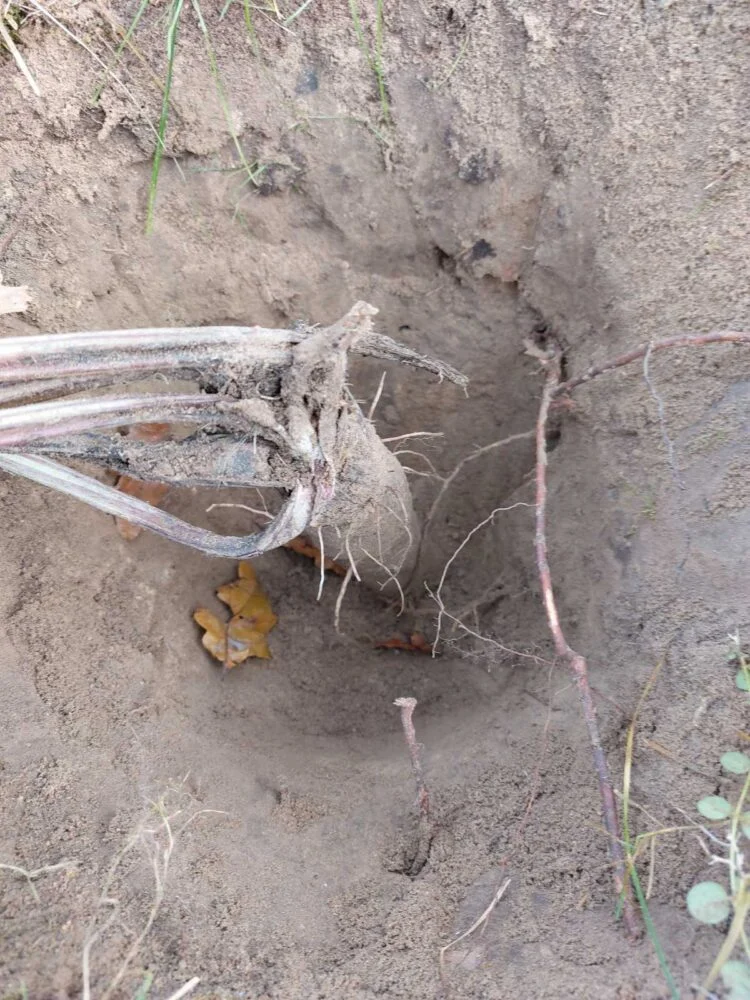Yes, indeed—it is truly the season of roots. When all of nature slows down and plants wither on the surface, it becomes time for us, the wanderers among flora, to venture into our own roots. That is why even the ceremonies honoring our ancestors are meant to remind us of the roots through which we exist. Just as the true value of a plant’s roots lies within, so too must we seek the treasures of our own roots within ourselves.
Autumn and spring are also the time for physically digging up plant roots. People often ask, “Why in the fall or spring?” In nature, all life thrives on vital energy. We harvest plants for health when that vital energy is most abundant in the part that we will use for our well-being. Since the above-ground portions perish in autumn—when the vital energy descends into the roots—it is precisely in the fall that we dig up the roots.

A Coffee Alternative
Often, when discussing how to balance our health, a major dilemma arises: how can one give up coffee? Coffee disrupts the adrenals and other systems, and over time, it takes a significant toll on the endocrine system and metabolism. But it is so delicious! Is it really? The aroma is undeniably enchanting, yet one must ask—is it truly tasty?
Giving up long-held rituals and pleasures is never easy. However, in this case, there’s no need to. Let’s replace this beverage with a healthier alternative while still preserving the ritual and the joy it brings. Enter the marvelous common dandelion. Did you know that roasted dandelion roots—ground into a fine powder—serve as an excellent coffee alternative? Not only does the flavor closely resemble that of coffee, but dandelion also offers a toning effect and a host of wonderful additional benefits.

Dandelion Roots
Dandelion roots boast many health-promoting qualities, including the ability to tone the liver and act as a potent antioxidant. They also benefit the digestive system and contain several vitamins and trace elements.
Preparing dandelion is straightforward. Once the root is dug up, wash it, cut it into small pieces, and allow it to dry—this happens rather quickly. When dry, roast the pieces in an oven at 150°C (302°F) for about 10–15 minutes. You can then grind the roasted root, or, if preferred, leave it whole and brew it in a pot for 5–10 minutes. Personally, I enjoy flavoring my “coffee” with cardamom, cloves, cinnamon, ginger, and a touch of oat milk—but it is delicious even without any spices.

What Can Burdock Do?
If you’ve already experimented with coffee alternatives and crave more root experiences, I invite you to head out into the fields and dig up some burdock roots. It won’t be as simple as harvesting chicory, but the adventure is well worth the effort. Burdock roots are dug in their first growing years (or in the spring of their second year), before they have set seed. Being biennial plants, you won’t find their roots the following autumn since the plant channels all its energy into seed production. (The seeds, by the way, are beneficial too—feel free to collect them as well. 🙂)
Burdock roots are remarkably long, deep, and sturdy. The digging process may require some hard work, but it is undoubtedly rewarding. Why? Because burdock has long been celebrated as a remedy that purifies the blood and restores the body—especially useful for stubborn skin conditions where other treatments have failed. In such cases, burdock cleanses from within. It stimulates and balances the digestive system, liver, and bile, and even aids in better fat absorption. Burdock not only nourishes and revitalizes a tired, worn-out body but also makes a fantastic addition to soups, broths, and stews. Digging up burdock roots might even leave you feeling like a mole! 🙂

What Else Lies Beneath the Earth?
There is no shortage of roots waiting to be unearthed—be it the roots of Kaulažolė, Varpučio, Valerijonas, Debesylo, the rootstalks of Ajerai, or the roots of Trūkažolė used to flavor chicory coffee, and many others. Let’s be mindful and harvest only what is truly needed, for nature and the plant have invested so much energy in offering these gifts. Let us not forget to thank and honor them.
And if you can’t or simply do not wish to dig, yet still want to enjoy root-based products, you can always purchase them. While chicory root coffee is available from many online sources, the other roots are not as readily found.
What roots do you harvest? Have you already tried dandelion root coffee? Share your thoughts in the comments.
